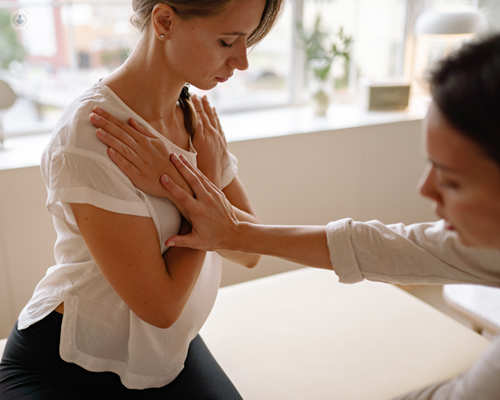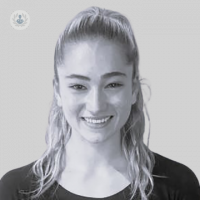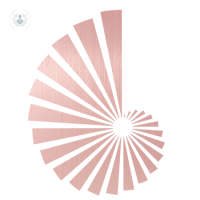Respiratory physiotherapy
Dr Deborah Zeitlin - Paediatrics
Created on: 04-04-2013
Updated on: 04-20-2023
Edited by: Karolyn Judge
What is respiratory physiotherapy?
Respiratory physiotherapy is a type of physical therapy designed to assess and treat disorders of the respiratory system. Most approaches to respiratory physiotherapy employ a number of chest clearance techniques, along with exercises, and teach the patient rest positions to maximise the functional ability of their lungs. It aims to unclog the patient’s airways and help them return to physical activity and exertion.

Why is it done?
Respiratory physiotherapy is indicated for diseases that affect the respiratory system. Examples include:
- Chronic bronchitis
- Emphysema
- Cystic fibrosis
- Asthma
- Chronic obstructive pulmonary disease (COPD)
- Pneumonia
- Inhaled foreign bodies
- Neuromuscular diseases
It is also useful for rehabilitation after complex surgical procedures, such as lung, heart and liver transplants, or other chest operations.
It should be noted that respiratory physiotherapy does not replace medical treatment but rather its objective is to complement it, making it more effective.
What does it consist of?
There are several techniques for respiratory physiotherapy:
- Postural drainage – the preferred and best tolerated technique to eliminate build-up of mucus in the lungs. The goal is to use gravity to drain the mucus into the bronchi and the trachea, where it is expelled by coughing. The patient is placed in the appropriate position, according to the area of the lung that must be drained. Thus, the patient is usually placed in the left lateral decubitus position and in the sitting position. Before starting the technique it is important that the patient know how to cough and breathe deeply. It should not be done when the patient has eaten recently.
- Deep breathing exercises (thoracic expansion exercises) – keeping the chest and shoulders relaxed, the patient takes a long, slow breath and holds the air in at the end of the breath for 2-3 seconds, before breathing out gently, like a sigh.
- Manual techniques – the physiotherapist uses their hands to apply force to the chest wall in order to help clear the airways. Techniques include chest percussion or clapping, vibration, or shaking.
- Breathing control – consists of periods of slow breathing, relaxing the body, and slowing down the breathing rate.
- Provoked cough – normally, when mucus loosens in the chest, it triggers a cough. If this does not happen, the cough can be provoked by applying slight pressure on the windpipe (trachea), in the suprasternal space, when the inspiration ends. In this way, the cough allows expectoration or swallowing of the mucus. In intubated patients or with tracheostomy cannulas, suction is the substitute for cough, introducing a probe into the endotracheal tube.
Various types of equipment may be used to assist in respiratory care, for example PEP masks, cough assist devices, etcetera. Respiratory physiotherapists will also give the patient advice on self-management.
Care after the intervention
Respiratory physiotherapy consists of techniques that, in principle, should be totally harmless to health and so, no specific after care is required.



